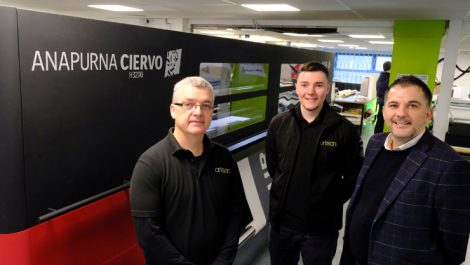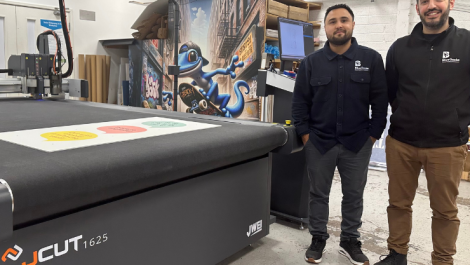The Strategic Mailing Partnership (SMP) has welcomed the launch of new Marketreach end-to-end lifecycle assessment information, enabling the print industry to offer evidence and assurance of the carbon footprint of the mail channel to sustainability-minded brands.
Part of a major new mailing industry sustainability campaign to help educate brands on the sustainability of mail, this is a result of an industry first study by environmental expert WSP, which has established a full carbon lifecycle assessment (LCA) of mail and its contribution to a circular economy. The new research is said to clearly demonstrate that by taking every opportunity to regenerate, reinvent, reuse and recycle, mail can contribute significantly to a circular economy, and continue to be a ‘most effective’ part of a communications marketing mix.
Marketreach has developed a new interactive online tool that uses data from the LCA to provide information on the carbon footprint of each stage in the supply chain of 10 of the most commonly-used commercial mail formats. It allows users to compare the average carbon emissions of formats across the lifecycle of mail and compares it to everyday products to provide context. The campaign was produced with the support of the SMP and includes a best-practice guide for mailing customers to understand how every part of the supply chain comes together as input into the end-to-end calculations.
Philip Ricketts, commercial director at Marketreach, said, ‘Our focus is simple. We want to empower mail users to make informed choices and decisions, so we have developed a range of resources with the support of the print industry to help them, including a best practice guide and a new LCA tool.’
Lucy Swanston, chair of the Strategic Mail Partnership, added, ‘We want those who use or are thinking about using commercial mail to have the information they need to continue to invest in a highly effective and creative medium. Marketreach’s campaign and its life cycle assessment will enable mailing houses as well as their clients to make strong decisions with the numbers to back them up, knowing they are minimising their carbon impact as much as possible.’





